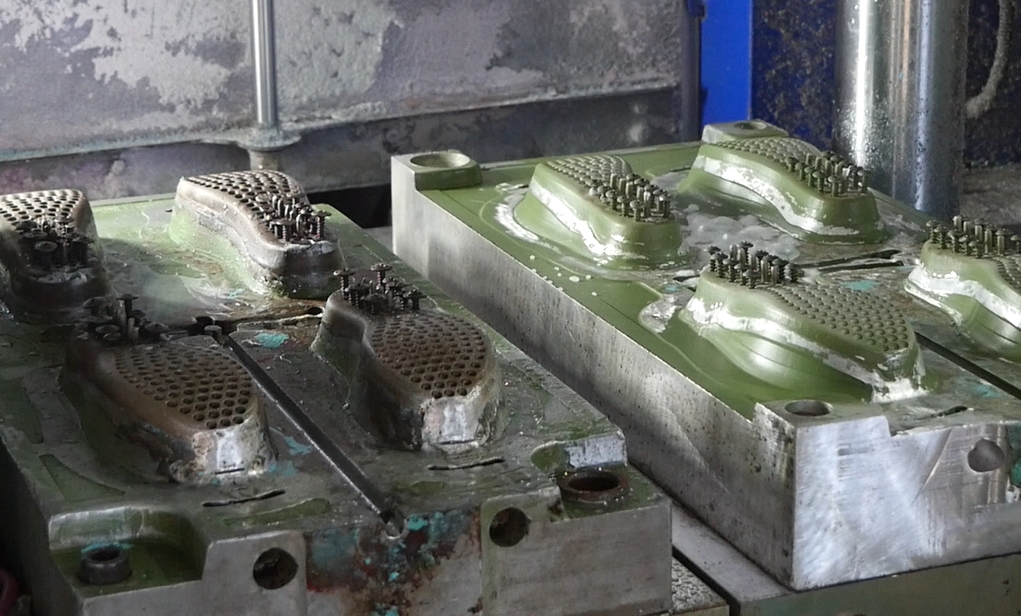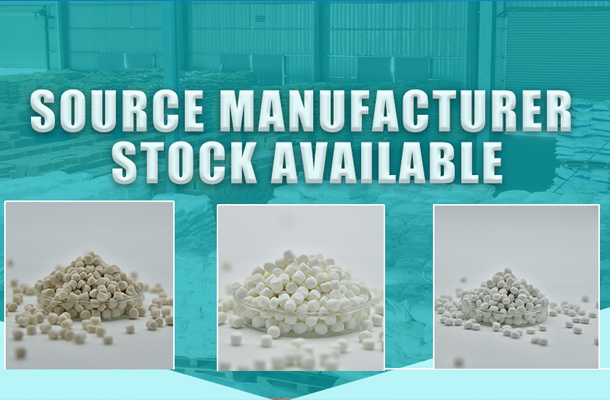EVA foam technology encompasses several processes that transform EVA (ethylene-vinyl acetate copolymer) into a porous structure, enhancing properties such as lightweight, cushioning, sound absorption, shock resistance, and insulation. Below are common methodologies employed in EVA foam technology:
Conventional Sheet Foam Extrusion Process: This process typically involves blending EVA resin with other additives like blowing agents, crosslinkers, and lubricants. The mixture is then extruded or calendered into sheets. These sheets undergo foaming under high temperature and pressure, producing closed-cell or open-cell foam structures. Post-foaming, the sheets are cut to various shapes and sizes for applications like shoe soles and packaging materials.
Injection Molding with Microcellular Foaming: Here, the EVA blend is directly injected into pre-designed molds where the foaming reaction takes place. This method allows for precise control over product dimensions and shape, making it suitable for complex geometries and smaller batch production. Mold precision is paramount to ensure dimensional stability and consistency of the final product.
Injection Foam Molding Process: Similar to standard injection molding in plastics, but incorporates a foaming step. The EVA material, melted and mixed with a blowing agent, is injected into a closed mold via an injection machine. Inside the mold, the material rapidly foams and solidifies, producing a finished, molded part in one step. This process is efficient, suited for mass production, and delivers high product accuracy.
Supercritical Fluid Foam Process: Though less commonly mentioned, supercritical fluid foaming is an advanced technique that employs carbon dioxide or other gases in a supercritical state as blowing agents. This process enables foaming at lower temperatures and pressures, reducing energy consumption and enhancing the properties of the foam material.
The heart of the EVA foaming process lies in the selection and control of the blowing agent, which decomposes or releases gas under specific conditions to form countless tiny bubbles, expanding the EVA material into a foam structure. Additionally, the formulation, including fillers, crosslinkers, and foaming catalysts, significantly impacts the foaming outcome, physical properties, and overall product quality.








